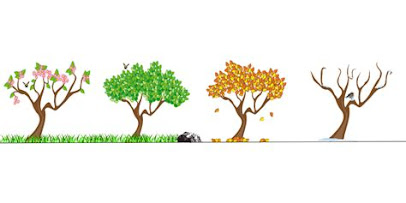Soil Taxonomy is the scientific system used to classify and name soils based on their observable and measurable properties. It was developed by the United States Department of Agriculture (USDA) and is widely used in the U.S. and internationally for soil survey, research, land use planning, and natural resource management.
Like the taxonomy used for plants, soil taxonomy is hierarchical — it has six main levels, from broadest to most specific:
- Order — the broadest group; there are 12 soil orders worldwide. Orders are defined by dominant soil-forming processes and major diagnostic features (e.g., presence of permafrost, organic matter, clay accumulation).
- Examples: Mollisols (prairie soils), Ultisols (weathered soils), Histosols (organic soils).
- Suborder — groups soils within an order based on properties like moisture regime or dominant processes.
- Great Group — further divides suborders by the presence of specific horizons or features.
- Subgroup — refines great groups to indicate how typical or atypical a soil is within that group.
- Family — describes properties important for use and management, such as particle size, mineralogy, temperature regime.
- Series — the most specific level; identifies soils that are alike in all major profile characteristics. Soil series names are often geographic (e.g., Atsion, Manahawkin).
Soil horizons are distinct layers of soil that form naturally over time through soil-forming processes like weathering, organic matter accumulation, leaching, and biological activity. When you dig a soil pit, you can usually see these layers stacked vertically — together they form what’s called a soil profile.
 |
| Atsion Soil Profile - UC Davis |
 |
| Atsion Soil Profile Photo - NRCS |
Most soils have a combination of some or all of these master horizons, usually named by letters:
O Horizon
- What it is: Organic layer — composed mostly of decomposed leaves, plant material, and other organic matter.
- Where found: Common in forests and wetland soils, but often absent in cultivated soils.
A Horizon (Topsoil)
- What it is: Surface mineral soil mixed with humus (decomposed organic material). Darker in color due to organic matter.
- Importance: Most fertile layer — where seeds germinate and roots grow.
E Horizon (Eluviation layer)
- What it is: A light-colored, leached layer where minerals and nutrients have been washed (eluviated) out.
- Where found: Common in forested soils under the A horizon.
B Horizon (Subsoil)
- What it is: Zone of accumulation (illuviation) — where leached materials (like clay, iron, or organic compounds) from upper layers collect.
- Appearance: Often denser and more colorful due to clay and minerals.
C Horizon
- What it is: Weathered parent material — partially broken down rock or unconsolidated deposits. Little biological activity.
- Significance: The source material from which the soil develops.
R Horizon
- What it is: Hard, unweathered bedrock beneath the soil layers.
- Note: Not soil per se, but it’s included as the bottom boundary.
Understanding soil taxonomy will help you match plants to the right soil conditions, leading to healthier gardens with fewer problems. By knowing your soil’s classification, you can better predict how it drains, retains nutrients, and responds to amendments like compost or lime. This knowledge will guide smarter choices for planting, watering, and fertilizing, reducing waste and improving plant success. Ultimately, soil taxonomy empowers you to work with your soil’s natural properties instead of against them, creating more sustainable and productive home gardens. Use the additional resources listed below to explore and learn more about soil and its structure.
Additional Information
USDA Soil Orders Taxonomy Poster - USDA
Marlton Soil Series Block Diagram - UC Davis Soil Explorer
New Jersey Soil Profile Photos - National Resource Conservation Service (NRCS)
Web Soil Survey Web App - NRCS
Soil Web - UC Davis - Great tool for finding information about soils where you live.
Eluviation-Illuviation Soil Formation - University of New England, Australia








